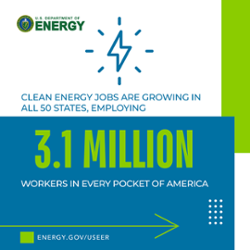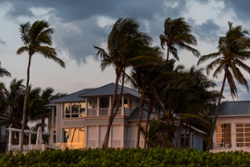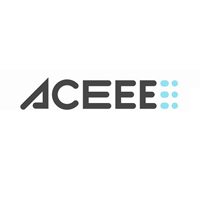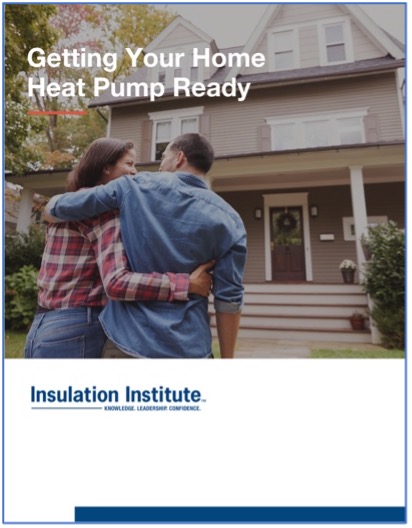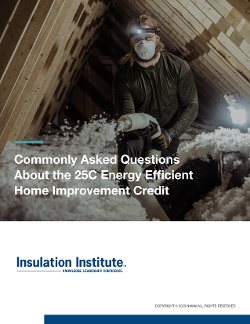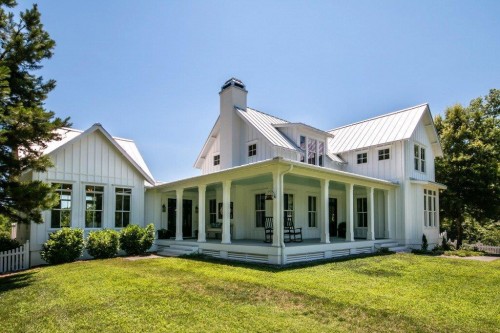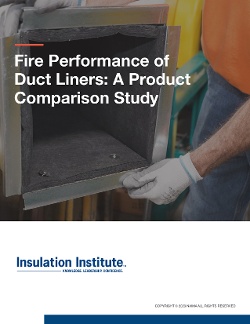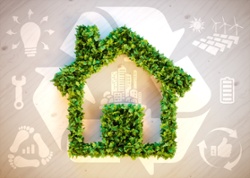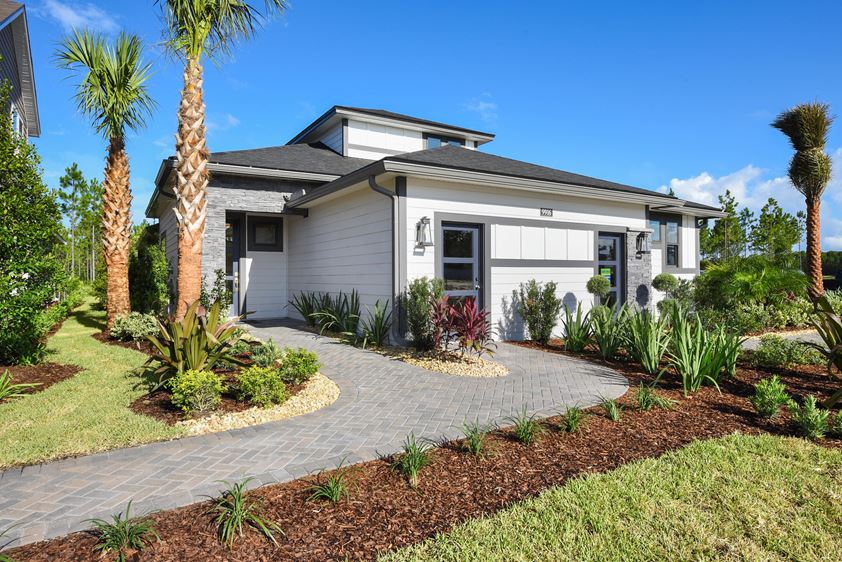The U.S. Department of Energy (DOE) recently released its annual U.S. Energy & Employment Report, a comprehensive summary of national and state-level workforce, industry, and hiring information in the energy sector. The report shows that jobs in the energy sector increased by 300,000 (3.8 percent growth), increasing from 7.8 million to more than 8.1 million in 2022. And although the energy sector was significantly impacted by COVID-19 and its economic fallout last year, it recovered 71 percent of the jobs lost in 2020.
Details »Insulation Institute Blog
Posts By: Stacy Fitzgerald-Redd
More Insulation Tied to Increased Habitability
How long would your home remain comfortable and habitable in the event of a power outage in this summer’s brutal heat? The answer might depend on how well insulated your home is, according to a new report released by the U.S. Department of Energy. Analysis from the report, Enhancing Resilience in Buildings Through Energy Efficiency, finds that homes built to meet or exceed the 2021 International Energy Conservation Code (IECC) extend the habitability of buildings by 120 percent during extreme cold and up to 140 percent during extreme heat.
Details »Report: Couple Envelope & Electrification Work
A new report just published by the American Council for an Energy Efficient Economy (ACEEE) highlights that pairing residential heat pump heating and cooling systems with air sealing and insulation will reduce likely increases in customer costs and strain on the electric grid. The report’s message is timely as states prepare to implement two key programs of the Inflation Reduction Act and offer more than $9 billion in rebates for residential energy efficiency and electrification improvements.
Details »New Guide: Getting Your Home Heat Pump Ready
Heat pump technology is all the rage in the push for electrification and increased home energy efficiency, and with good reason: heat pumps are more efficient than electric resistance heating, reducing electricity needed for heating by up to 50 percent. However, there are several actions that homeowners should take before adding a heat pump so that the equipment operates optimally. These actions could help reduce the size of the equipment as well as the cost. NAIMA has produced a new guide, Getting Your Home Heat Pump Ready, that details the actions homeowners should undertake before adding a heat pump to improve their home’s overall energy efficiency.
Details »New Release: 25C FAQs Brochure
North Carolina Builder: Energy Efficiency Isn’t a Bad Word
If you follow building energy efficiency code development and implementation at all, then you know that builders in North Carolina oppose efforts to modernize the state’s outdated energy efficiency code. That code is largely unchanged from the 2009 IECC, and the North Carolina Home Builders Association is fighting to keep it that way.
Details »Elastomeric Duct Products: Ask the Manufacturer for Test Data
Newly released fire and smoke-developed testing for fiberglass and elastomeric duct liner products raises serious concerns about the performance of elastomeric duct liner in those aspects. “Fire Performance of Duct Liners: A Product Comparison Study” details testing conducted by Intertek Labs on elastomeric and fiberglass duct liner products manufactured by multiple companies using the ASTM E84 Standard Test Method for Surface Burning Characteristics of Building Materials.
Details »2021 IECC Mandate Proposed for FHA/USDA Mortgages
The White House today announced a proposal that new homes purchased using Federal Housing Administration (FHA) or U.S. Department of Agriculture (USDA) mortgages must be built to the standards of the 2021 International Energy Conservation Code (IECC). Current FHA/USDA mortgage standards require compliance with the 2009 IECC. This proposed standard update is a giant step forward in improving the energy performance of new residential construction in the United States. About 170,000 homes are purchased each year using these government mortgage products, which means 170,000 families will buying homes that are potentially 35 percent more important efficient than the status quo.
Details »Realtor Report Shows Energy Efficiency Gets Noticed
The National Association of Realtors (NAR) has just released its 2023 REALTORS and Sustainability Report – Residential which shows that the majority of these real estate professionals (63 percent) find promoting a home’s energy efficiency very or somewhat valuable. More than 2,000 realtors participated in the survey, and their opinions of energy efficiency are driven largely by consumer interests in sustainability, according to Jessica Lautz, NAR’s deputy chief economist and vice president of research.
Details »Providence Homes Wins Sustained Excellence Award
Jacksonville area home builder Providence Homes was recently awarded the ENERGY STAR partner of the Year Sustained Excellence Award from the U.S. Environmental Protection Agency (EPA) and the U.S. Department of Energy (DOE) for the seventh time.
Details »